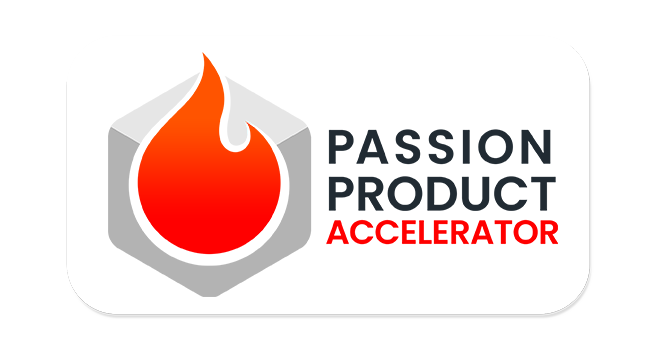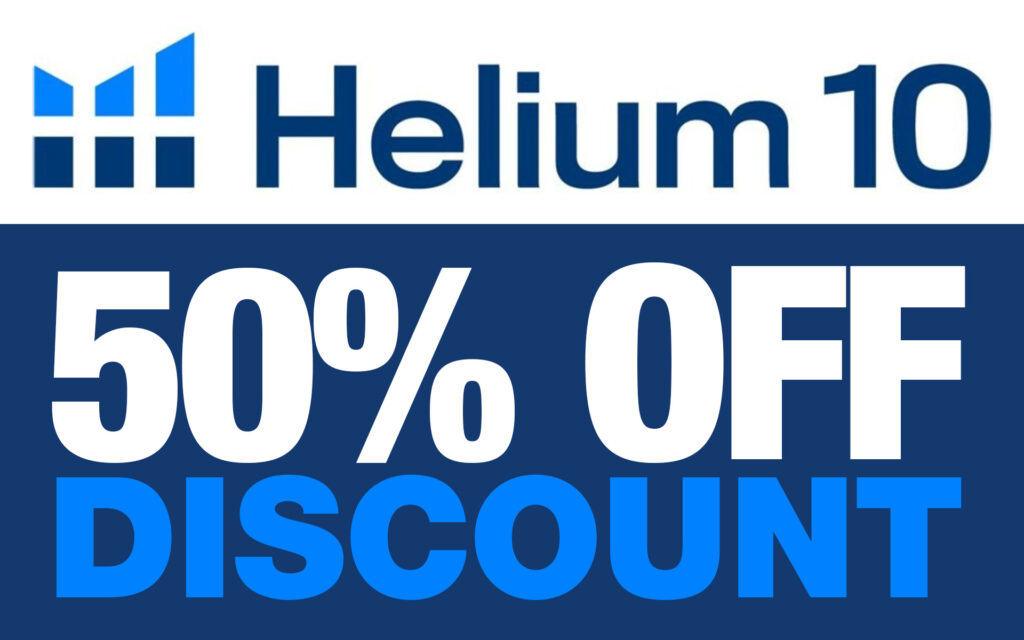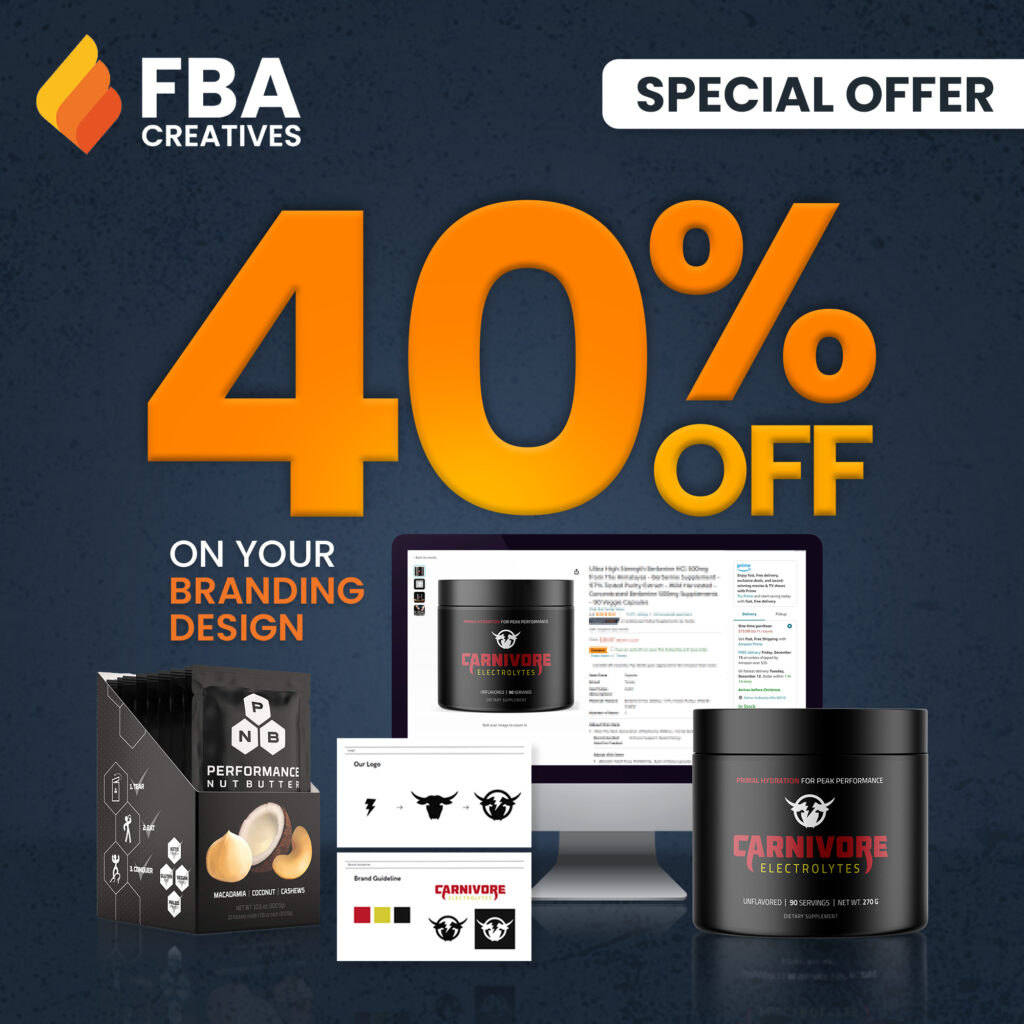Watch our detailed video guide on retail arbitrage and discover how you can turn small investments into significant profits. In this video, we cover the basics of finding discounted products, listing them on Amazon, and scaling your business for long-term success. Whether you’re new to Amazon or looking to refine your strategy, this guide will give you the insights you need to succeed.
We also introduce the Passion Product Formula—a strategy designed to help you create your own unique product and brand, paving the way for scalable, passive income. This video is the perfect starting point for anyone looking to enter the world of Amazon selling.
When it comes to online marketplaces, Amazon stands head and shoulders above the rest. With over 310 million active customers worldwide, it offers sellers an unprecedented opportunity to reach a vast and diverse audience. Even more enticing, 60% of all products sold on Amazon come from third-party sellers—individuals and small businesses just like you.
This ecosystem provides a level playing field for beginners and experienced sellers alike. Amazon handles much of the heavy lifting, including fulfillment and customer service, through programs like Fulfillment by Amazon (FBA). With this infrastructure, getting started as a seller becomes much easier. For anyone seeking to make money quickly, retail arbitrage is one of the most accessible and beginner-friendly options.
By tapping into the power of Amazon’s vast customer base and leveraging the buy box advantage, sellers can scale their businesses faster than with traditional retail methods. Beginners especially benefit from Amazon’s intuitive seller tools and apps, making the learning curve more manageable and offering plenty of room for growth.
- What is Retail Arbitrage and How Does It Work?
- Retail Arbitrage vs. Other Amazon Selling Models
- Step-by-Step Guide to Starting with Retail Arbitrage
- Key Metrics to Consider Before Buying Products
- Listing Your First Product on Amazon
- Managing and Scaling Your Retail Arbitrage Business
- Transitioning to Long-Term Success with the Passion Product Formula
- Recap: From Quick Wins to Long-Term Success
- Frequently Asked Questions
- 1. What is the difference between retail arbitrage and online arbitrage?
- 2. Do I need a large budget to start with retail arbitrage?
- 3. What tools can help me succeed in retail arbitrage?
- 4. How long does it take to make money with retail arbitrage?
- 5. Why should I consider transitioning to the Passion Product Formula?
What is Retail Arbitrage and How Does It Work?
Retail arbitrage is a business model that involves buying products at a discount from retail stores or online marketplaces and reselling them at a higher price on Amazon. The process relies on spotting price discrepancies between two markets and capitalizing on them to earn a profit.
For example, imagine finding a set of kitchen appliances on clearance at Walmart for $30, but they are selling for $60 on Amazon. By purchasing the items and reselling them on Amazon, you pocket the difference after expenses like Amazon fees and shipping.
Retail arbitrage works because price differences often exist between physical stores and online markets. Factors such as limited local demand, retailer markdowns, or seasonal sales contribute to discounted prices in brick-and-mortar stores that sellers can exploit.
Online vs. In-Store Retail Arbitrage
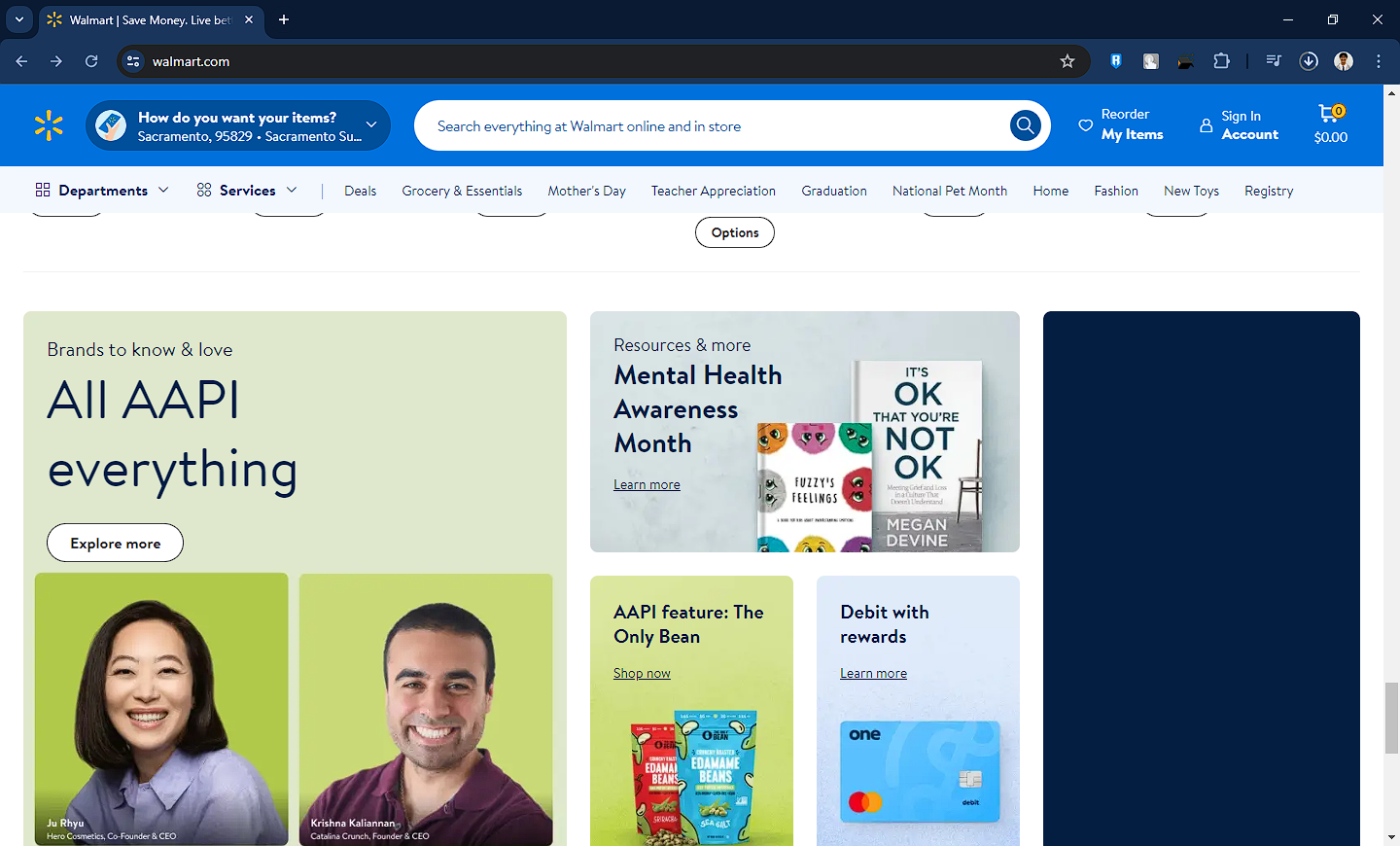
- In-Store Arbitrage: You physically visit retail stores like Walmart, Target, or Costco to search for clearance items or discounted goods. Tools like the Amazon seller app allow you to scan barcodes and immediately assess whether a product is profitable.
- Online Arbitrage: Rather than visiting physical locations, you scour websites like Walmart.com, Target.com, or Big Lots for online deals. With browser extensions and tools such as Helium 10, you can compare prices quickly and efficiently.
Both methods offer unique advantages, with in-store arbitrage often providing spontaneous opportunities, while online arbitrage allows you to research and plan from the comfort of your home. Whichever approach you choose, both paths lead to potential profits.
Retail Arbitrage vs. Other Amazon Selling Models
Private Label Products
Private label involves purchasing generic products from a manufacturer and branding them as your own. Sellers design custom packaging and labels, creating a unique product to stand out in the market. While this strategy allows for more control over the product and brand, it often requires a larger upfront investment.
Private label products also come with a longer development timeline, as you may need to design, source, and test products before listing them on Amazon. However, the payoff can be significant, as successful private label brands can generate sustainable long-term income.
Wholesale
In wholesale selling, you purchase products in bulk from manufacturers or distributors at a discounted rate. These items are typically well-known brands, and you resell them on Amazon. Unlike retail arbitrage, wholesale requires larger initial purchases and negotiations with suppliers, which can be daunting for beginners.
One of the challenges of wholesale is finding reliable suppliers who offer competitive pricing. Additionally, because you are selling established brands, you face intense competition from other sellers using the same suppliers. Profit margins may be slimmer compared to private label or passion products.
The Power of the Passion Product Formula
The Passion Product Formula, a method popularized by Travis Marziani, merges the benefits of private labeling with niche marketing. Instead of just reselling existing products, you create a product you are passionate about, customize it to serve a specific audience, and brand it strategically. This approach allows for scalability and long-term passive income.
Passion products differentiate themselves from competitors by addressing specific customer needs or interests. By focusing on niche markets, you can create loyal customer bases and command premium prices. Passion products typically offer greater profit margins and the potential to scale into a full-fledged brand.
Step-by-Step Guide to Starting with Retail Arbitrage
Step 1 – Setting Up an Amazon Seller Account
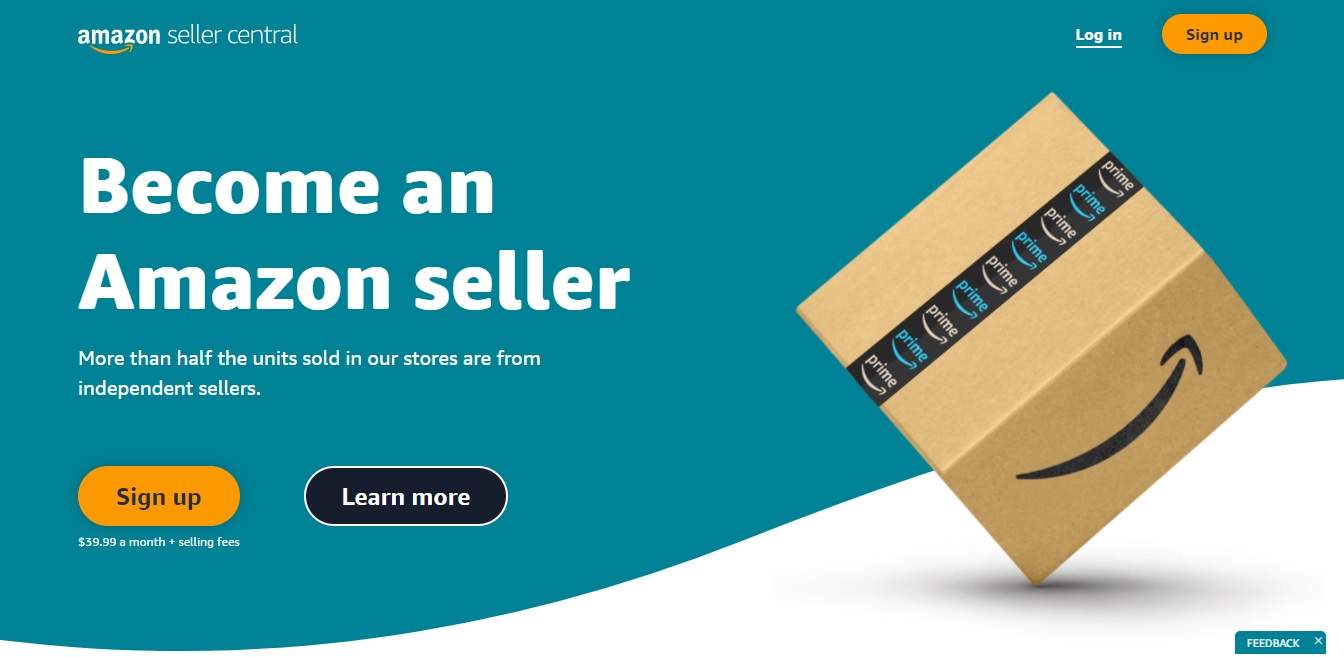
Before you can start selling, you’ll need to create an Amazon seller account. There are two types of accounts to choose from:
- Individual Account: Ideal for beginners, especially if you plan to sell fewer than 40 items per month. There’s no monthly fee, but Amazon charges a $0.99 fee per sale.
- Professional Account: For those planning to sell more than 40 items monthly, this account costs $39.99 per month but includes valuable features like bulk listings, reports, and eligibility for the buy box.
Setting up an account is straightforward. You’ll need to provide basic information, including your name, address, and bank details. Once your account is approved, you’re ready to start listing products and making sales.
Step 2 – Downloading the Amazon Seller App
The Amazon seller app is an indispensable tool for retail arbitrage. It allows you to scan barcodes and instantly see:
- The product’s selling price on Amazon.
- Estimated fees.
- Whether the product is restricted or ungated.
- Monthly sales data.
Using the app, you can make informed decisions on whether to purchase an item. It eliminates guesswork and ensures that you only buy products with profit potential.
Step 3 – Finding Profitable Products
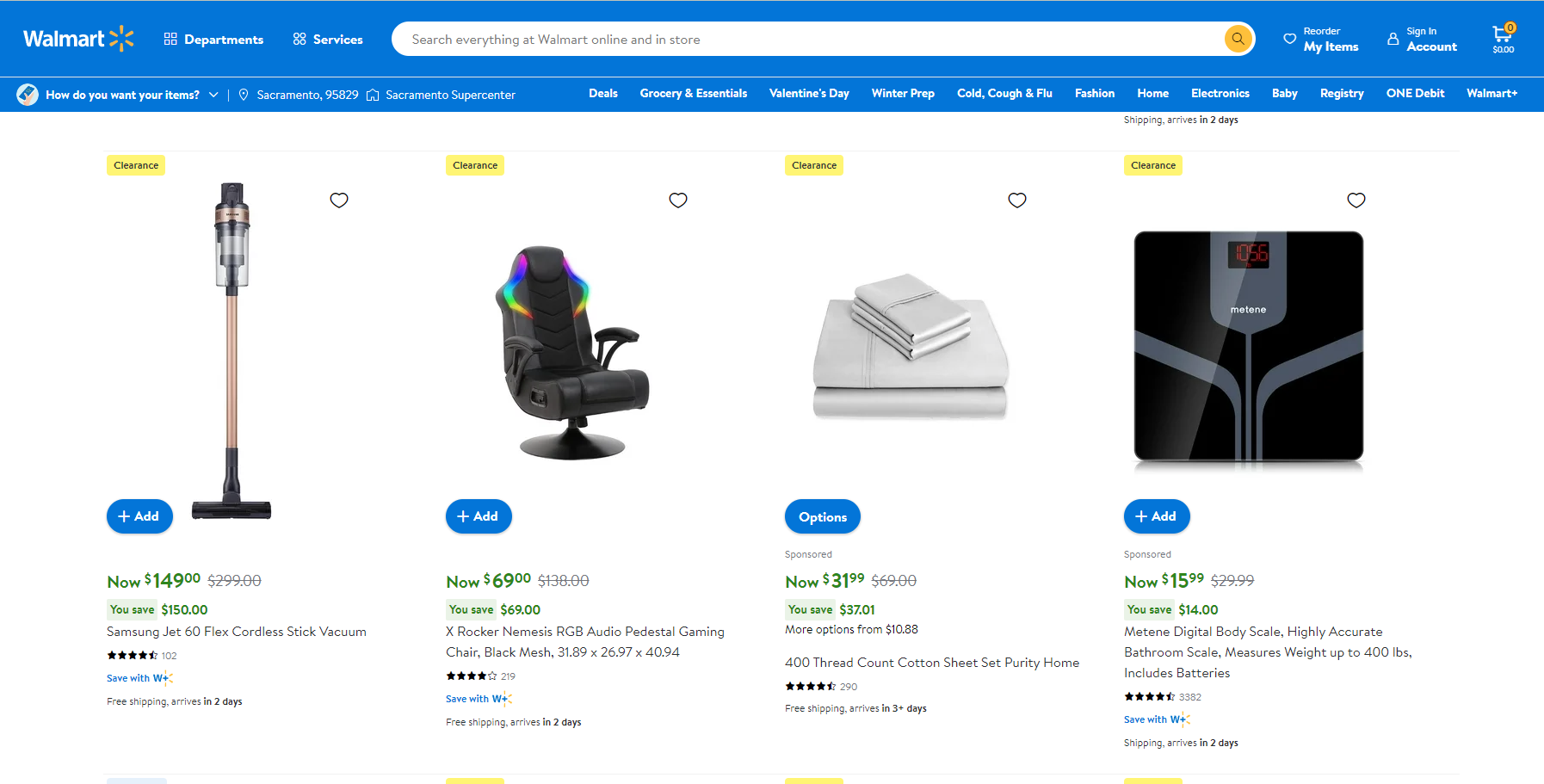
Success in retail arbitrage hinges on finding the right products. Here’s how to do it:
- Visit stores with clearance sections or promotional sales.
- Scan items using the Amazon seller app to identify profitable opportunities.
- For online arbitrage, browse deal sections on retail websites and compare prices using tools like Helium 10.
Keep an eye out for seasonal items, closeout sales, and limited-time promotions. These can offer significant discounts that translate into higher profits.
Key Metrics to Consider Before Buying Products
Pricing and the Buy Box
The buy box is the section of a product listing where most customers click “Add to Cart.” Winning the buy box is crucial because it directly impacts your sales. Pricing plays a significant role—sellers with the lowest competitive price often win the buy box. However, other factors like seller ratings and fulfillment method also matter.
Sellers using FBA are more likely to win the buy box due to the fast shipping and reliability Amazon provides. To increase your chances of winning, set competitive prices and maintain positive seller feedback.
Product Sales Volume and Competition

Before buying any product, check how often it sells on Amazon. A tool like Helium 10 can provide insights into the monthly sales volume. Ideally, you want to target products with high demand but moderate competition to ensure a healthy profit margin.
Consider niche markets with fewer sellers but consistent demand. This approach helps you avoid cutthroat price wars and ensures steadier profits.
Amazon’s FBA Fees and Shipping Costs
Amazon charges fees for storing, packing, and shipping your products through FBA. Be sure to calculate these fees before purchasing inventory. The Amazon seller app and revenue calculators can help you estimate net profit accurately.
Additionally, factor in shipping costs to Amazon’s fulfillment centers. Efficient packaging and bulk shipping can help reduce these expenses and improve your overall profit.
Listing Your First Product on Amazon
Creating a Product Listing
To list your product:
- Log into Amazon Seller Central.
- Select “Add a Product” and search for the product using the barcode or name.
- Choose the condition (usually “new”).
- Set the price, quantity, and fulfillment method (FBA or FBM).
When creating your listing, use optimized product titles, descriptions, and keywords to enhance visibility. High-quality images and detailed descriptions can boost conversions and customer trust.
Fulfillment Options: FBA vs. FBM

- FBA (Fulfillment by Amazon): Amazon handles shipping, storage, and customer service. Your products become Prime-eligible, increasing visibility and sales.
- FBM (Fulfillment by Merchant): You manage storage and shipping. This option may be viable for low-volume sellers, but it requires more effort.
FBA offers significant advantages in terms of scalability and convenience. As you grow, the time savings and increased sales often outweigh the fees associated with the program.
Managing and Scaling Your Retail Arbitrage Business
Monitoring Seller Feedback and Reviews
Seller feedback affects your ability to win the buy box and gain customer trust. Regularly monitor feedback through Amazon’s feedback manager and resolve any negative reviews promptly.
Responding to customer concerns and providing refunds or replacements when necessary can help maintain positive feedback and prevent disputes. High ratings lead to higher sales and better buy box performance.
Staying Competitive with Pricing Adjustments
Prices fluctuate based on competition and demand. Use Amazon’s pricing tools or third-party software to automatically adjust prices within your set minimum and maximum thresholds.
Maintaining a balance between competitive pricing and profit margins ensures sustainable growth. Regularly reviewing your pricing strategy can help you identify trends and optimize profits.
Expanding to New Products and Markets
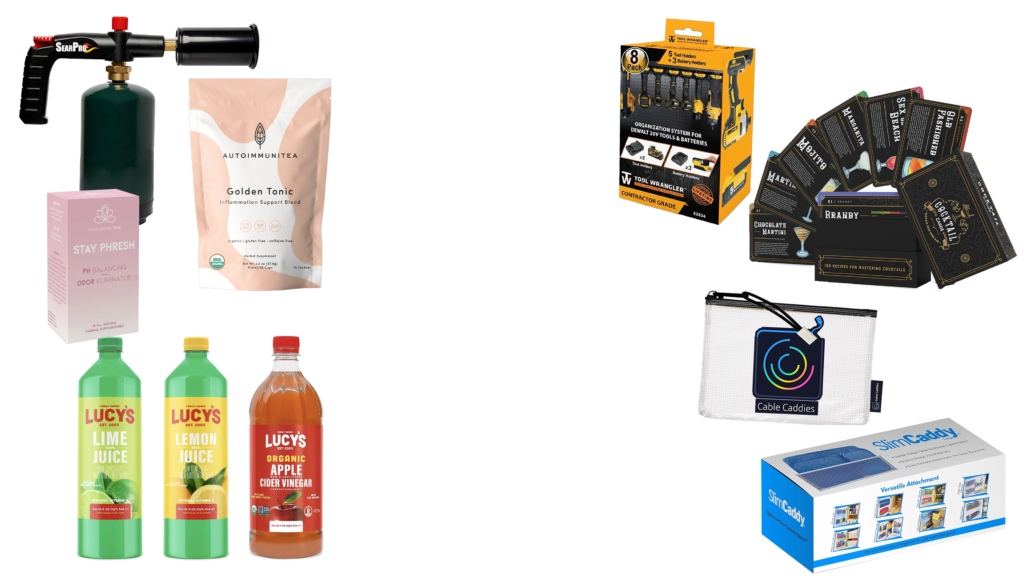
Once you have mastered the basics, consider reinvesting your profits into new products. Gradually expanding your inventory allows you to diversify your income and reduce risks.
Look for opportunities in adjacent niches or trending categories. Building a diverse product portfolio minimizes reliance on any single item and ensures steady revenue streams.
Transitioning to Long-Term Success with the Passion Product Formula
The Limitations of Retail Arbitrage
While retail arbitrage is a great way to make quick money, it has its limitations:
- Inconsistent product availability.
- Limited scalability.
- Reliance on external retailers for inventory.
As your business grows, you may find that retail arbitrage alone cannot sustain your long-term goals. Transitioning to a more scalable model like private labeling or passion products becomes essential.
The Benefits of Creating a Passion Product
Unlike retail arbitrage, passion products offer long-term potential. By creating a unique product tailored to a niche audience, you can establish a strong brand, command higher profit margins, and build a loyal customer base.
Passion products also enable you to differentiate yourself from competitors. With a well-executed branding strategy, you can create a lasting impression and foster repeat business.
Travis’ Success Story: Carnivore Electrolytes
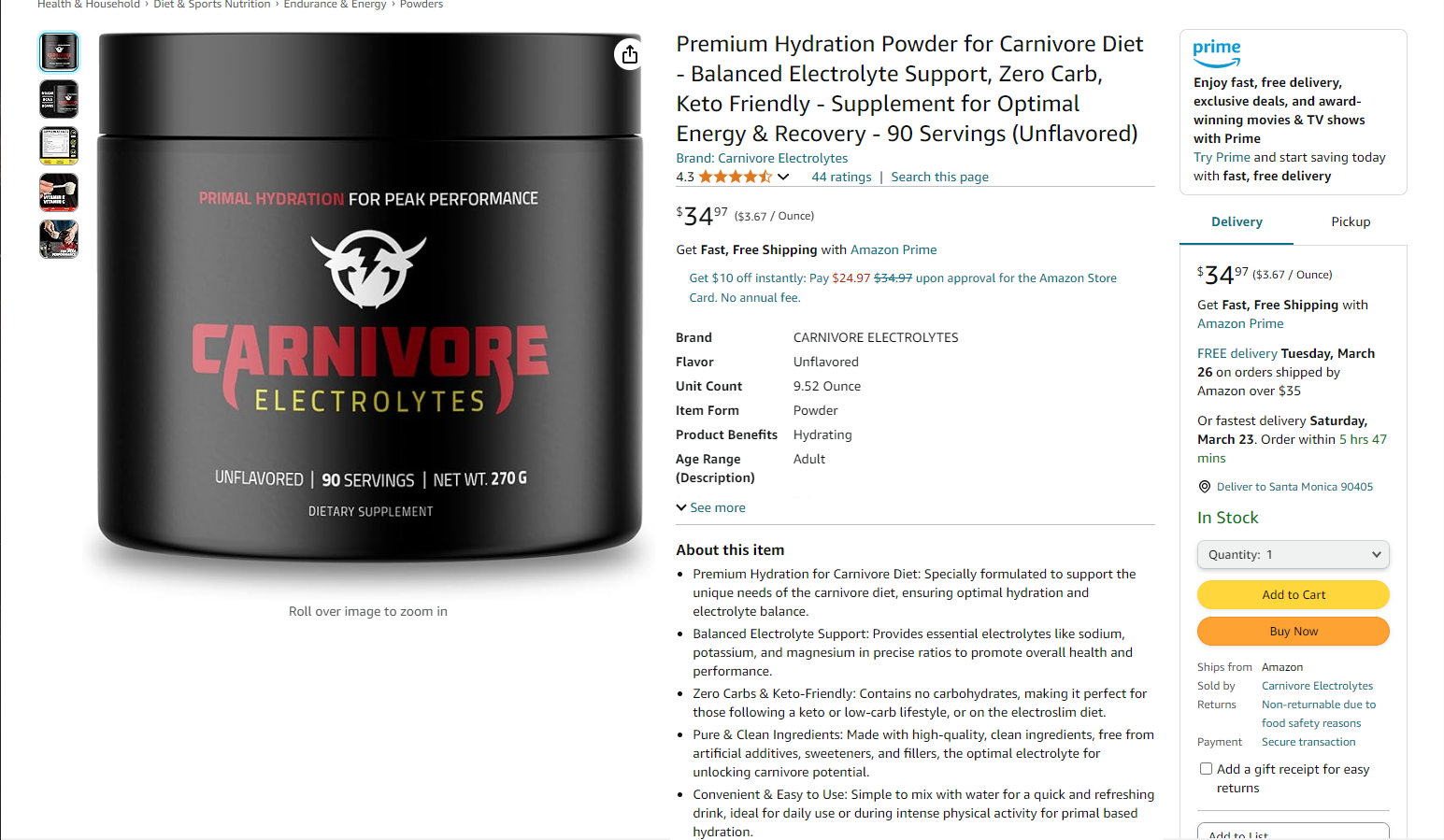
Travis Marziani’s success with Carnivore Electrolytes demonstrates the power of passion products. By niching down and branding electrolytes for the carnivore diet, he created a six-figure product that consistently generates revenue.
This success story highlights the importance of addressing specific customer needs and creating products that stand out in crowded markets.
Recap: From Quick Wins to Long-Term Success
Retail arbitrage is an excellent starting point for making money on Amazon. It allows you to gain hands-on experience, generate quick profits, and understand Amazon’s marketplace dynamics. However, for long-term success, transitioning to the Passion Product Formula can be a game-changer. By creating a product you are passionate about, you can build a sustainable and scalable business that generates passive income for years to come.
Frequently Asked Questions
1. What is the difference between retail arbitrage and online arbitrage?
Retail arbitrage involves physically visiting stores to find discounted items, while online arbitrage focuses on finding deals on websites. Both methods rely on buying low and selling high on Amazon.
2. Do I need a large budget to start with retail arbitrage?
No, retail arbitrage is beginner-friendly and requires minimal upfront investment. You can start with as little as $100 by purchasing a few discounted items and scaling gradually.
3. What tools can help me succeed in retail arbitrage?
The Amazon seller app, Helium 10, and revenue calculators are essential tools for finding profitable products and calculating net profit. Telegram and Discord groups can also provide leads on deals.
4. How long does it take to make money with retail arbitrage?
With the right approach, you can start making sales within a few days to weeks after listing your products on Amazon. The speed depends on product demand and pricing strategy.
5. Why should I consider transitioning to the Passion Product Formula?
Retail arbitrage is a great way to make quick cash, but it’s not scalable long-term. The Passion Product Formula allows you to create a unique brand and product, providing sustainable growth and passive income.



